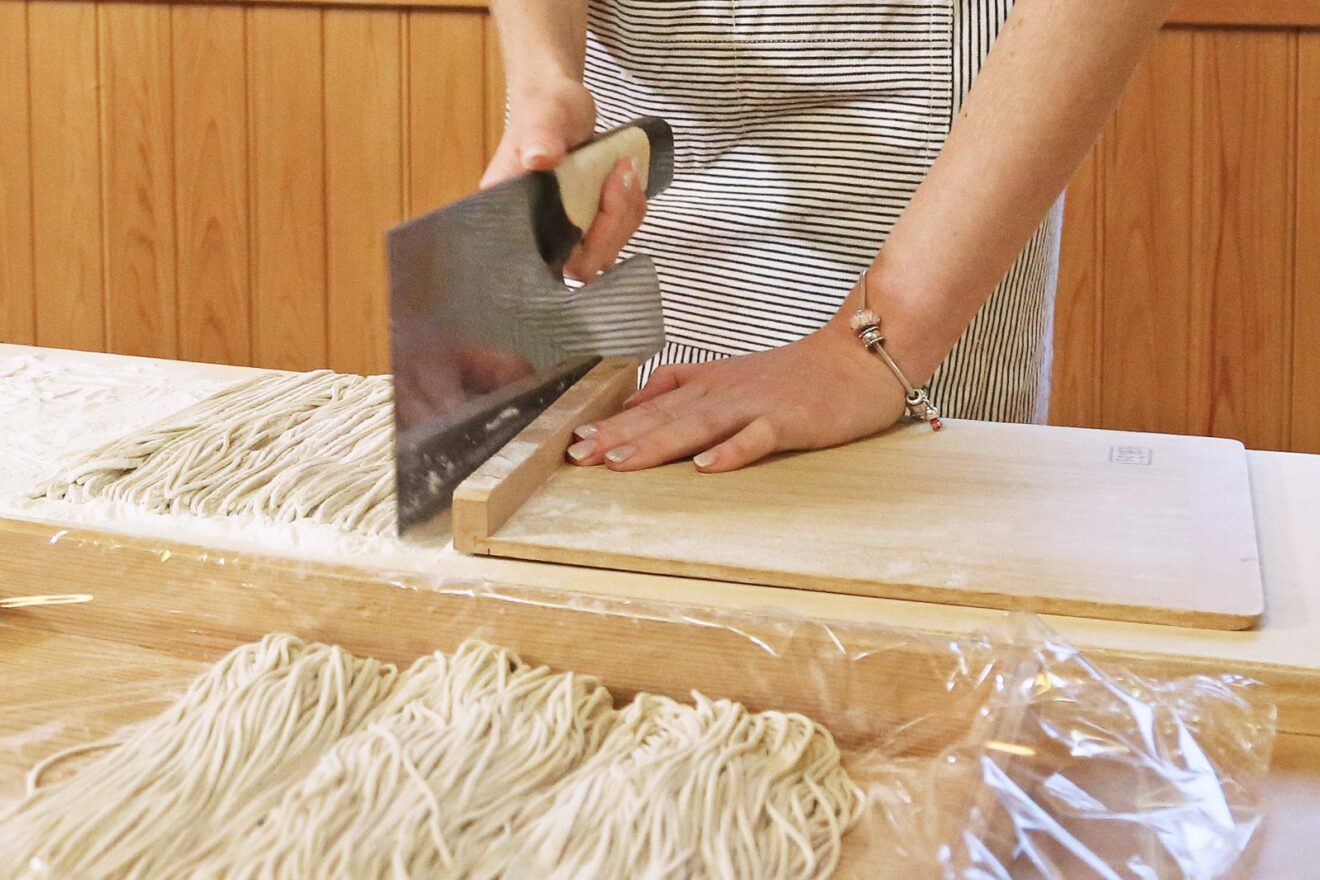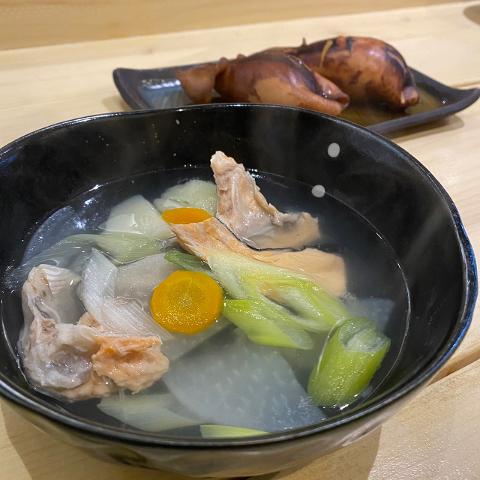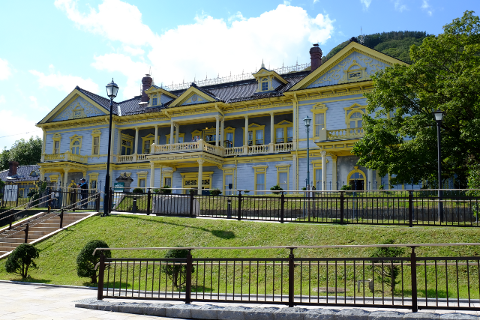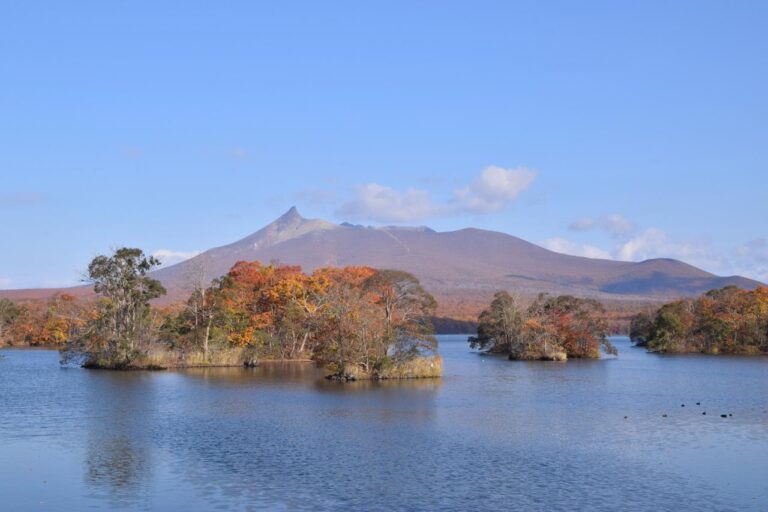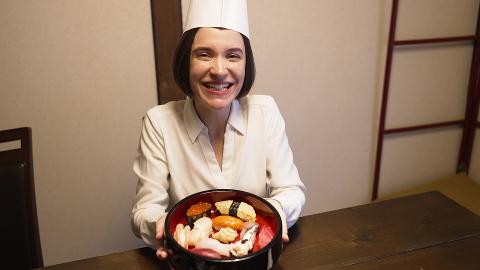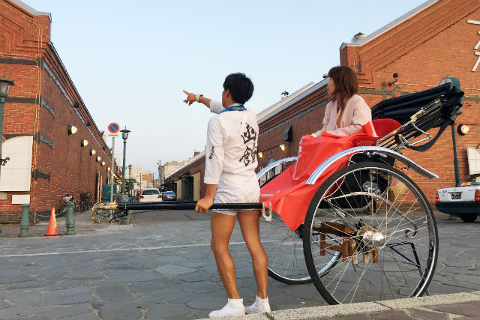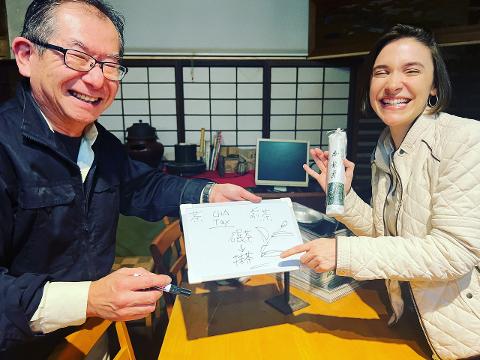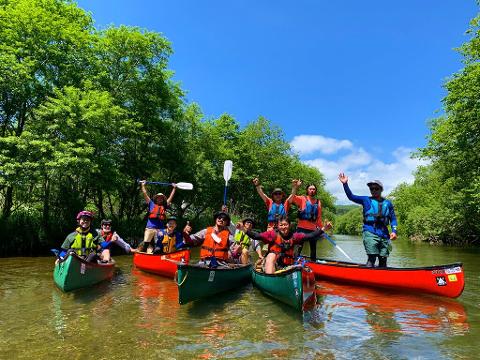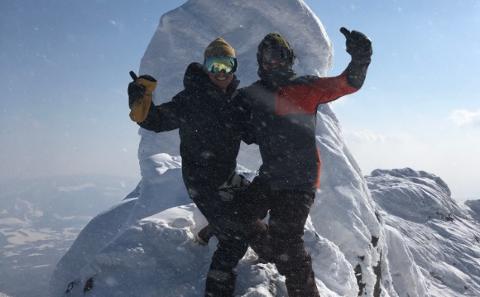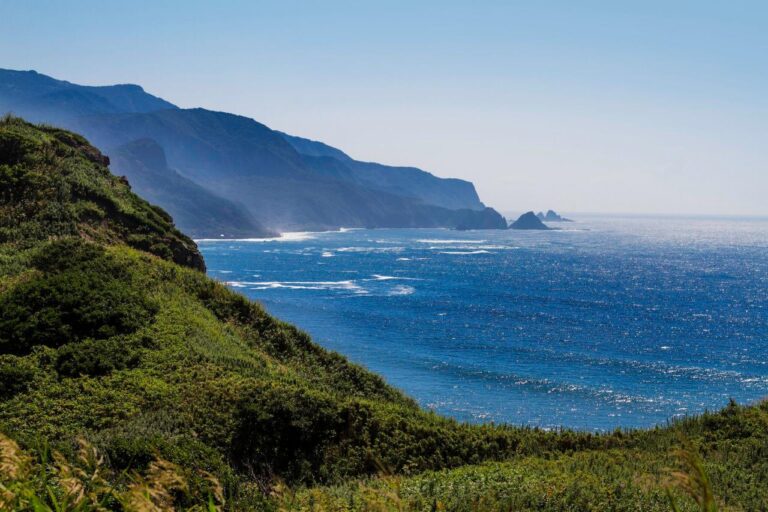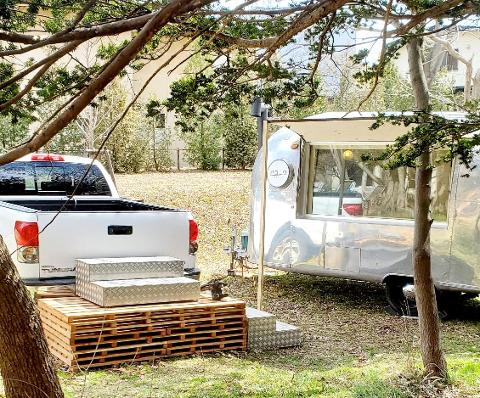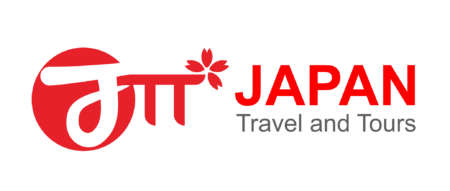Tour Duration: 6 days
Price : 570,000yen/person
Daisetsuzan, which became Japan's first national park in 1934, is particularly dear to the inhabitants of Hokkaido. The park is larger than Tokyo at about 2,300 square kilometers (570,000 acres)! - and has a beautiful mountain range that has earned Daisetsuzan the moniker "the Roof of Hokkaido."
The Meiji and Taisho periods (late 1800s to early 1900s) author Keigetsu Omachi ascended these peaks before a trail was made. He is credited for saying, "Climb Mt. Fuji to understand the height of a mountain. Climb the Daisetsuzan mountains to comprehend the size of a mountain.”
We explore the highlights of the sizable Daisetsuzan National Park on this tour. In its northern region, we travel between the two highest peaks, Mount Asahidake and Mount Kurodake, and we journey as far south as Lake Shikaribetsu. For those who prefer hiking as well as cultural exploration and water activities in between hikes, this vacation is ideal.
Day 1: Meet and learn about the Ainu, the indigenous people of Hokkaido
Around 10 am, your group will assemble in Central Asahikawa. We'll spend some time getting to know one another and the itinerary for our next excursion once everyone has arrived in Asahikawa before going to Mount Arashiyama to stretch our legs.
Urban forest park Mount Arashiyama is well-liked by Asahikawa people due to its accessibility and the view of the city from the top. This is a special location for the local Ainu (Hokkaido's indigenous people), known as "ci-nomi-sir" in their language. Here, around the end of May, they engage in an annual ceremony where they bless the Gods and ask for another year of peace and happiness.
Following the hike, we will have lunch with the Ainu in a recreation of a traditional dwelling called a "cise," where we will hear about their culture, history, and relationship to nature in terms of their beliefs and way of life. We will take a van to Asahidake Onsen, which is 1,100 meters (3,600 feet) above sea level, in the late afternoon. We spend the night here in the cool mountain air, taking advantage of the natural hot springs that are supplied by Mount Asahidake.

Day 2 Hike in Japan's largest national park Daisetsuzan
A well-liked entrance to Daisetsuzan National Park is Asahidake Onsen. The park was one of the first to be recognized as a National Park in 1934 and is the largest in terms of area in Japan. The Ainu call Daisetsuzan "kamuy-mintar," which translates to "the Playground of the Gods," even though it is more commonly referred to as Hokkaido's Roof. Using a cable car, we ascend to Sugatami Station at 1,600 meters (5,250 feet), from where we begin our ascent to the summit of Hokkaido's highest peak, Mt. Asahidake (2,291 meters/7,516 feet).
The spectacular Ohachidaira volcanic caldera, which was created by an eruption some 30,000 years ago, is where our journey continues. We ascend Mts. Hokkaidake (2,149m/7515ft) and Kurodake (1,984m/6510ft) in the late afternoon before using a chair lift and a cable car to make our way into the Sounkyo Gorge. A popular location for onsen, hiking, skiing, and our welcome home for the night, Sounkyo Gorge is a charming onsen village tucked between the mountains and the cliffs.

Day 3 Raft through the Sounkyo Gorge on the Ishikari River
For the day, we raft down the Ishikari River in the Sounkyo Gorge to recover our weary legs following today's hike. The columnar joints rising directly from the water's surface, which were carved over a long period of time by the Ishikari River, are the gorge's distinctive topographical characteristic. The Ishikari River flows 268 kilometers (166 miles) from the Daisetsuzan Mountains to the Sea of Japan, making it the third-longest river in Japan. The river holds unique significance as an essential source of food and is still used for religious rites because the indigenous Ainu people used to fish for salmon here.
We spend the first half of the day rafting this important river, followed by an hour-long van ride to Daisetsu Kogen Onsen. We stay in a historic inn that is isolated in the center of the Daisetsuzan mountains and seldom has any visitors. We heartily recommend taking a nighttime dip in the outdoor spa while taking in Hokkaido's breathtaking night sky.

Day 4 Explore the alpine tarns of Daisetsu Kogen Onsen, habitat for Ezo brown bears
The well-traveled Kogen Numa (alpine tarns) hiking trail begins in Daisetsu Kogen. Hikers frequently see these numerous native brown bears, known as higuma, in this remote location that is far from human habitation. At the Higuma Information Center, we receive a safety briefing about the most recent sightings and the guidelines for respecting wildlife and remaining safe in higuma land before we embark on the Kogen Numa hiking track. Over a dozen alpine tarns of varying sizes are dispersed along the trail in the Kogen Numa, which is located between 1,230m and 1,460m (4035ft and 4790ft) above sea level and offers an opportunity to view alpine vegetation.
After we get back from our climb, we get in our van and drive to the hot spring village of Nukabira Onsen, which is close to Lake Nukabira. We spend the night in a historic hotel that has been transformed into a contemporary inn with a Japanese aesthetic and is run by a welcoming neighborhood family.

Day 5 Experience a natural outdoor onsen in the Shikaribestukyo Gorge
We'll start the day off by taking a route that is only accessible from April to October, when there is no snow, to the nearby Lake Shikaribetsu. We'll arrive at the beginning of Mt. Hakuunzan route on the edge of Lake Shikaribetsu in about 30 minutes. We will make the approximately three-hour loop hike up Mt. Hakuunzan (1,186m/3,890ft) and back down the lakeside trail. A spectacular view of Lake Shikaribetsu can be seen from the peak, and if we're fortunate, we might be able to observe a northern pika (rock rabbit) in one of its rocky burrows.
Once more getting into the van, we go to the Shikaribetsukyo Gorge, where we would be staying. Due to its seclusion and the veracity of its natural hot springs, this spot is cherished by fans of outdoor onsen. Several isolated outdoor onsen spots are located in the upper valley and are created by the river. If you feel like going on another expedition this afternoon, your guide will take you for a walk while bringing towels and bathing suits so you can enjoy this 100% natural onsen experience.

Day 6 Try your hand at making soba noodles and learn about Hokkaido's early settlers
Our tour comes to a close today, and we go to Sapporo after taking part in a cultural experience. We take an hour-long van ride to Shintoku Town, known as the birthplace of soba noodles. Farmers from the mainland first settled in this area, known as Tokachi, some 120 years ago. Soba buckwheat was one of the first crops they attempted to produce after clearing the forest since it was a quick-growing, low-maintenance crop that was ideal for the early stages of agricultural development. In Shintoku Town, we will not only be able to sample freshly cooked soba noodles, but also learn how to make them.
